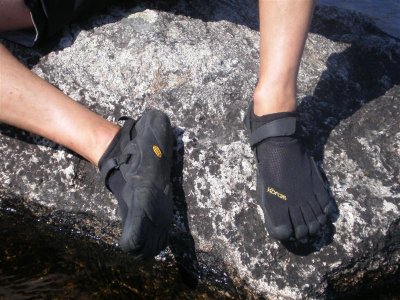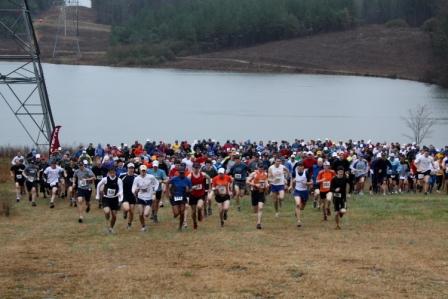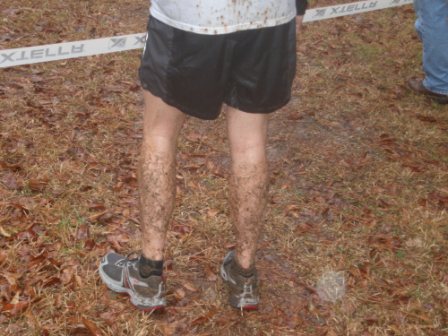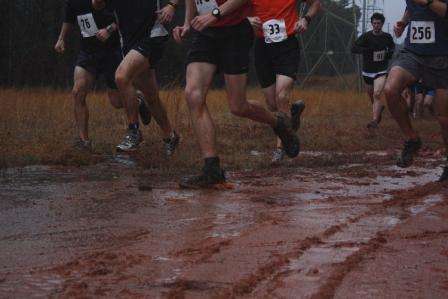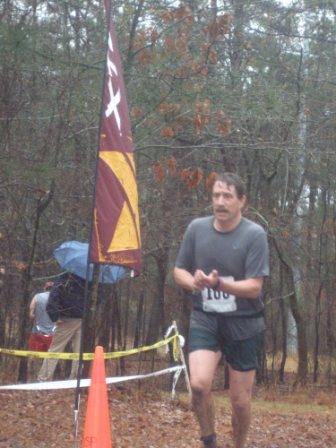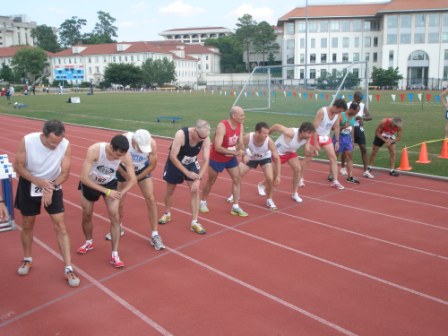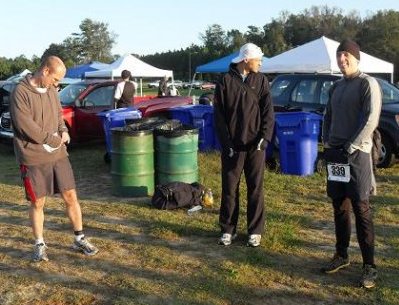Is Barefoot Running better than traditional Running Shoes?
Friday, January 29th, 2010There has been a lot of conversations in the running community about the merits of barefoot running for avoiding running related injuries. It began with the release of Christopher McDougall’s book, Born to Run. In it he describes the Tarahumara Indians who have been running barefoot for centuries without injury, over rugged mountainous regions, running at least 50Ks (32 miles) a day! The only thing on their feet is a simple piece of cardboard with a string attached to it. This book sparked the discussion, “Is barefoot running better for us than running shoes?”
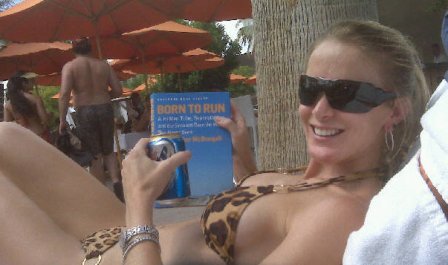
Also at this time the introduction of the vibram five fingers began to gain popularity. Vibram Five Fingers are a type of shoe that is shaped like your foot. The bottom is made of hard plastic to protect your feet from surfaces and the rest of the shoe is made of a mesh type material. Vibram Five Fingers were the first to introduce this type of athletic shoe which was perfectly in between a regular running shoe and being barefoot. This allowed many running shoe runners to ditch their running shoes and make the transition to wearing a minimalist running shoe or running barefoot all together.
Why have running shoe runners ditched their running shoes for minimalist and barefoot running? It is because barefoot running has been found to reduce injuries. Scientific studies are currently being conducted about this claim; however, a recently released Harvard study said, “…runners who eschew shoes may be less likely to serious injury because they hold their feet differently.”
Why does it decrease serious injury from running? Since the 1970s, when Nike and other shoe makers began designing running shoes, running shoes have been designed with the most cushioning in the heel of the shoe. As runners ran in these shoes, over time, they began to favor the extra cushioning in the heel and began striking the ground with their heels, as oppose to striking the ground on the balls of their feet. The theory is that landing on the balls of your feet when running is the way humans were engineered to run; therefore, it is the best way to avoid injury. Heel striking places more pressure on the knees, instead of other areas that were made to absorb the pressure like the calves.
Should you try it? You will find many runners who say this method of running has solved all of their injury problems, but the verdict is still out about long-term effects. There are those that have been running barefoot for years who swear by it. Check out Barefoot Ken Bob’s website for more great information about barefoot running. Just like everything else in running, if you want to try it, start off slow and listen to your body. You are the only one that knows how you feel. Personally I’m going to try it. I’ll let you know what I experience.


